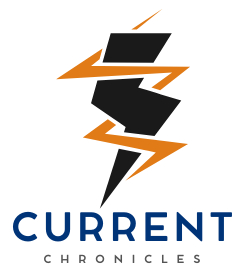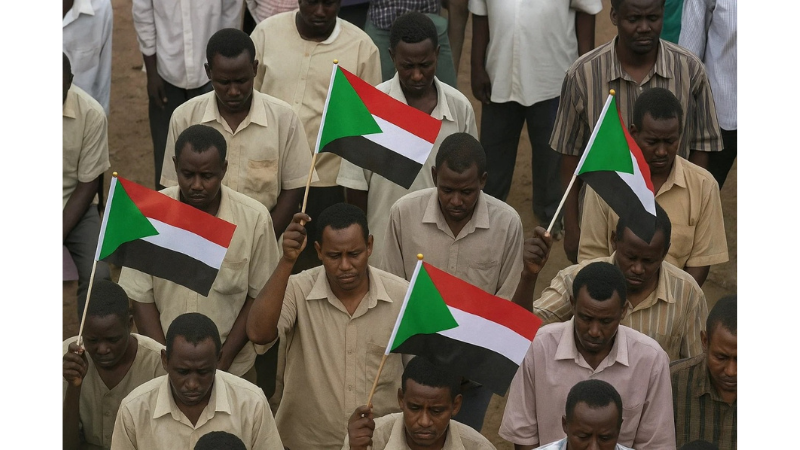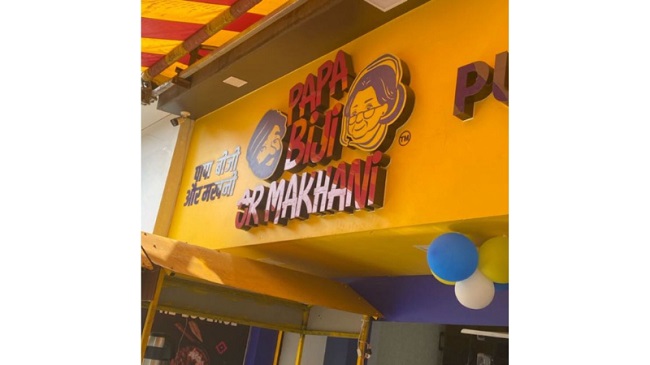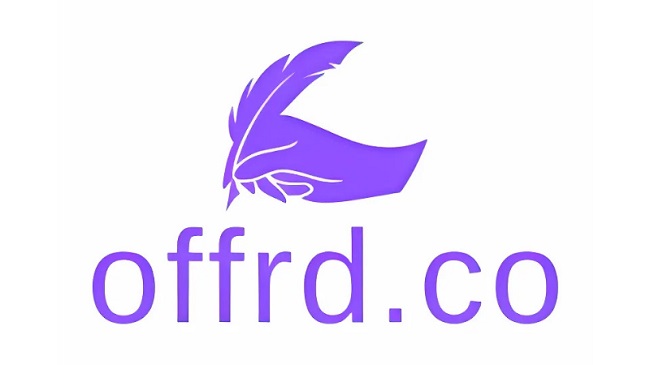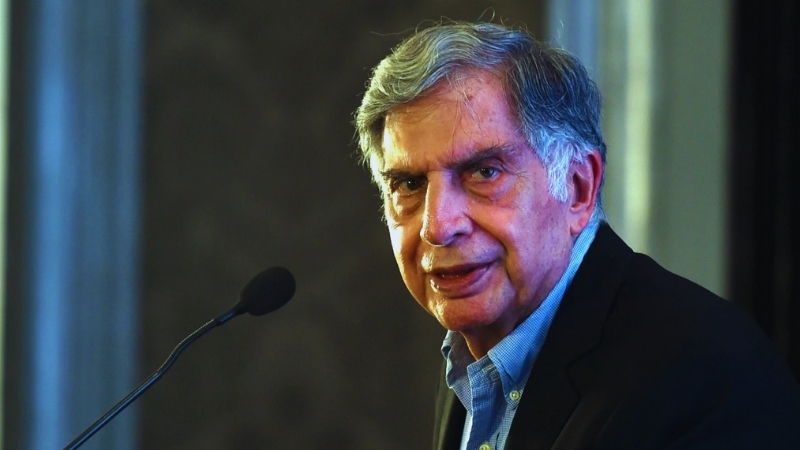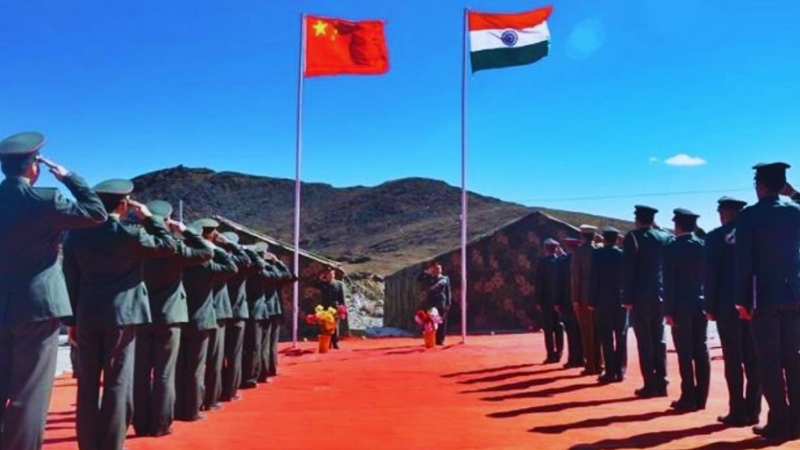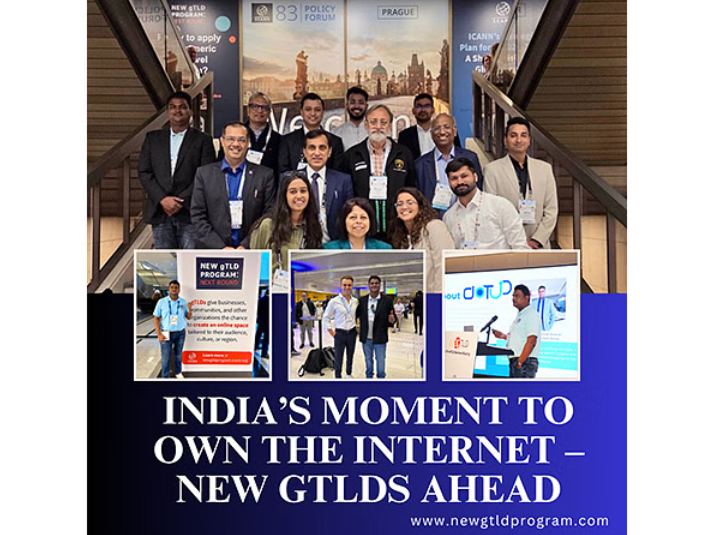Massive Drug Busts in Delhi: A Blow to Organized Crime
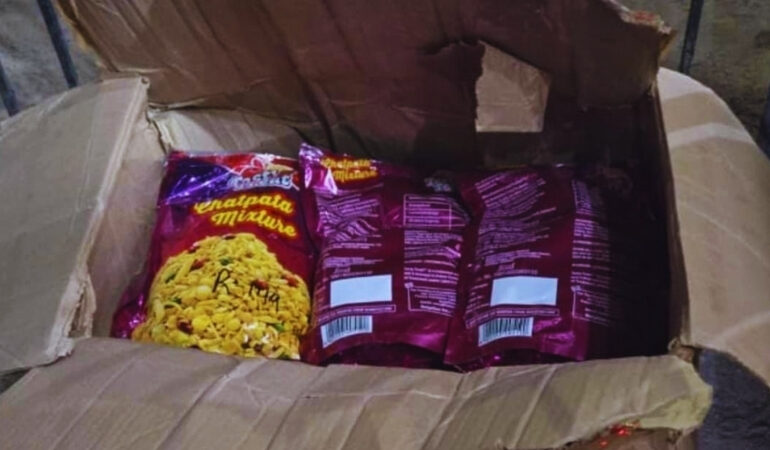
In recent months, Delhi has witnessed several massive drug busts that have shaken the nation. One of the most significant seizures involved cocaine worth ₹2,000 crore, marking a significant victory in the fight against organized crime. These operations underscore the growing threat of drug trafficking in India, particularly in metropolitan hubs like Delhi. As the country grapples with increasing drug abuse, law enforcement agencies are intensifying their efforts to dismantle the drug networks that extend from local dealers to international syndicates.
Details of the Recent Drug Busts
In two high-profile operations in Delhi, narcotics worth thousands of crores were seized by law enforcement agencies. The most significant bust in October 2024 involved a shipment of cocaine, which was part of a larger international drug cartel operating across multiple countries. The bust, orchestrated by the Narcotics Control Bureau (NCB) and Delhi Police, followed months of surveillance and intelligence gathering. In addition to cocaine, other drugs such as methamphetamine and MDMA were seized, indicating a broad network catering to India’s urban population.
This was the second major bust within a week, further exposing the scale of the drug problem in the national capital. The drugs, smuggled through various international routes, were destined for high-profile clients, including those in the entertainment and business sectors. The operation resulted in several arrests, including foreign nationals suspected of orchestrating the trafficking operations. Delhi, with its strategic location, has become a crucial transit point for international drug syndicates, raising concerns about the city’s role in global trafficking.
Law Enforcement’s Response
The recent busts have highlighted the effectiveness of India’s drug enforcement agencies, particularly the NCB, which has stepped up its efforts in recent years. The Delhi Police and NCB have been working in close coordination with international law enforcement agencies to track drug routes, uncover hidden networks, and apprehend those involved. These operations are part of a broader crackdown on drug cartels, which has seen increased seizures and arrests across major cities like Mumbai, Bengaluru, and Goa.
Law enforcement agencies have also enhanced their surveillance capabilities by employing advanced technology and intelligence-sharing platforms with other countries. The use of undercover agents and informants has been key in dismantling the logistics networks used by traffickers to smuggle drugs into India. This collaboration is critical, as the drug trade is becoming more sophisticated, with traffickers using encrypted communication platforms and dark web markets to facilitate transactions.
The Rise of Synthetic Drugs in India
In recent years, synthetic drugs such as cocaine, methamphetamine, and MDMA have gained popularity, particularly among the urban youth and high-income professionals. These substances are often trafficked into India via international routes, with Delhi emerging as a significant hub for distribution. The demand for these drugs has risen sharply, driven by their availability at parties, clubs, and other social gatherings in major cities.
Cocaine, in particular, has become a status symbol among affluent groups, contributing to its high demand. India’s relatively young population and the growing influence of Western lifestyle trends have also contributed to the rise in drug abuse. Unlike traditional narcotics, synthetic drugs are easier to produce and transport, making them a lucrative business for traffickers. The recent busts in Delhi underline the severity of this growing problem and the need for stronger preventive measures.
Impact on Society
The proliferation of synthetic drugs has far-reaching social consequences, affecting families, communities, and the wider society. Drug addiction leads to a host of problems, including mental health issues, financial instability, and crime. In Delhi, as in other cities, young people are increasingly falling prey to drug addiction, which has a devastating impact on their lives and futures.
Drug-related crime is also on the rise, as addicts turn to illegal activities to finance their habits. This, in turn, fuels other forms of organized crime, such as trafficking and money laundering. Families of addicts often face social stigma and isolation, which compounds the emotional and financial strain. The availability of synthetic drugs has also contributed to a rise in overdose cases, overwhelming healthcare systems that are already under strain from other public health crises.
Government and Legal Measures
India has a robust legal framework for dealing with drug trafficking, primarily through the Narcotic Drugs and Psychotropic Substances (NDPS) Act, which provides for severe penalties, including life imprisonment and the death penalty for repeat offenders. The government has intensified its efforts to combat drug trafficking by enhancing the capabilities of drug enforcement agencies like the NCB and Customs.
However, despite the legal framework, there are challenges in implementing these laws effectively. Corruption, lack of coordination between agencies, and inadequate resources often hinder the fight against drug trafficking. To address these issues, the government has launched initiatives to strengthen inter-agency coordination and provide better training and equipment for law enforcement officials. In addition, India has increased its cooperation with neighboring countries, particularly those along known drug routes like Afghanistan and Myanmar.
The government has also focused on demand reduction by launching awareness campaigns about the dangers of drug abuse, especially among youth. Rehabilitation centers are being established and expanded to help addicts recover and reintegrate into society. However, the scale of the problem requires even more concerted efforts, including reforms in law enforcement and public health systems.
International Influence and Cross-Border Trafficking
India’s geographic location makes it vulnerable to drug trafficking, particularly from neighboring countries. The “Golden Crescent” (Iran, Afghanistan, and Pakistan) and the “Golden Triangle” (Myanmar, Laos, and Thailand) are major sources of heroin and methamphetamine, which are trafficked into India through porous borders.
The recent busts in Delhi highlight the international dimension of drug trafficking, with syndicates operating across multiple continents. These networks are often highly organized, using sophisticated methods to transport drugs, launder money, and evade law enforcement. Cross-border trafficking is further complicated by geopolitical tensions, particularly in the case of Afghanistan, which remains a major producer of narcotics despite international efforts to curb its opium trade.
India has been working with international organizations such as the United Nations Office on Drugs and Crime (UNODC) to address the global drug trade. In addition, India has signed bilateral agreements with several countries to enhance cooperation in intelligence sharing, law enforcement, and legal proceedings. These efforts are critical in dismantling the transnational networks that are responsible for flooding India’s streets with narcotics.
Challenges in the Fight Against Drug Trafficking
Despite the recent successes in cracking down on drug trafficking, there are significant challenges that hinder law enforcement efforts. Corruption within law enforcement agencies and the judiciary remains a major obstacle. Drug cartels often bribe officials to ensure their operations go undetected or to secure the release of arrested members. This undermines the credibility of anti-drug efforts and allows traffickers to continue their operations with impunity.
Moreover, drug trafficking is an evolving threat, with cartels constantly adapting their methods to evade law enforcement. The use of encrypted communication tools, drones, and other advanced technologies has made it more difficult for agencies to track and intercept shipments. Law enforcement agencies are often under-resourced, with outdated technology and limited manpower, making it difficult to keep pace with the sophisticated operations of drug traffickers.
In addition, India’s vast coastline and porous borders with countries like Pakistan and Myanmar provide multiple entry points for drugs, making it difficult to secure all potential routes. The logistical challenges of patrolling these borders, combined with the sheer scale of the drug trade, make it an uphill battle for Indian authorities.
Public Reactions and Media Coverage
The recent drug busts in Delhi have garnered widespread media attention, highlighting the scale of the drug problem in India. News outlets have extensively covered the operations, emphasizing the significance of the seizures and the role of law enforcement in tackling organized crime. The public reaction has been mixed, with many praising the efforts of law enforcement agencies, while others express concern over the increasing availability of drugs in urban centers.
High-profile cases, such as those involving celebrities or politicians, often dominate headlines, leading to sensationalized media coverage. While this brings attention to the issue, it can sometimes overshadow the broader problem of drug addiction and its impact on ordinary citizens. Social media has played a significant role in shaping public opinion, with users expressing outrage over the involvement of high-profile figures in drug-related crimes.
Conclusion
The massive drug busts in Delhi represent a significant victory in India’s ongoing fight against drug trafficking and organized crime. However, they also highlight the challenges that remain in combating this evolving threat. As drug cartels become more sophisticated and globalized, law enforcement agencies must continue to adapt and strengthen their efforts. The government, society, and law enforcement agencies must work together to address the root causes of drug addiction and trafficking, ensuring that India can curb this menace in the long run.
